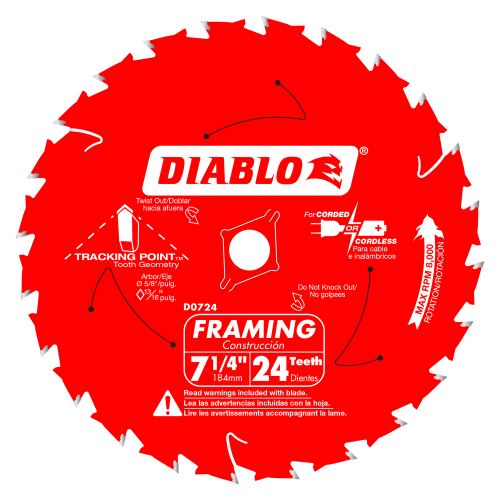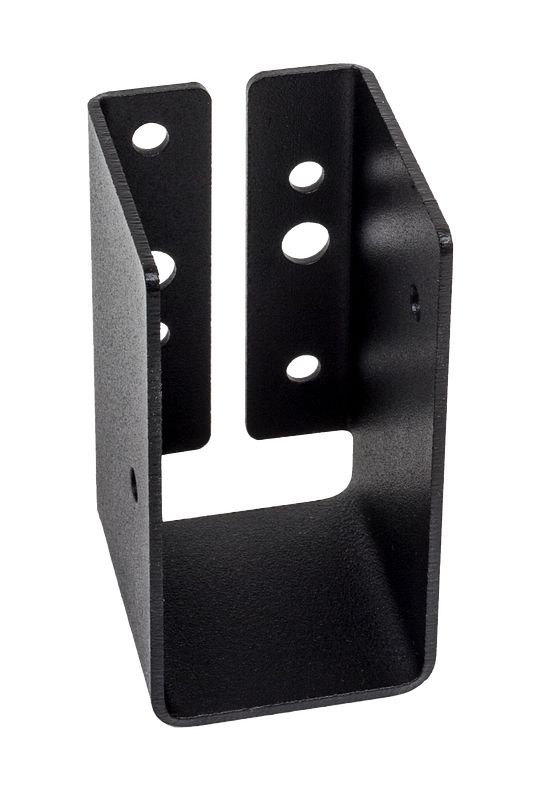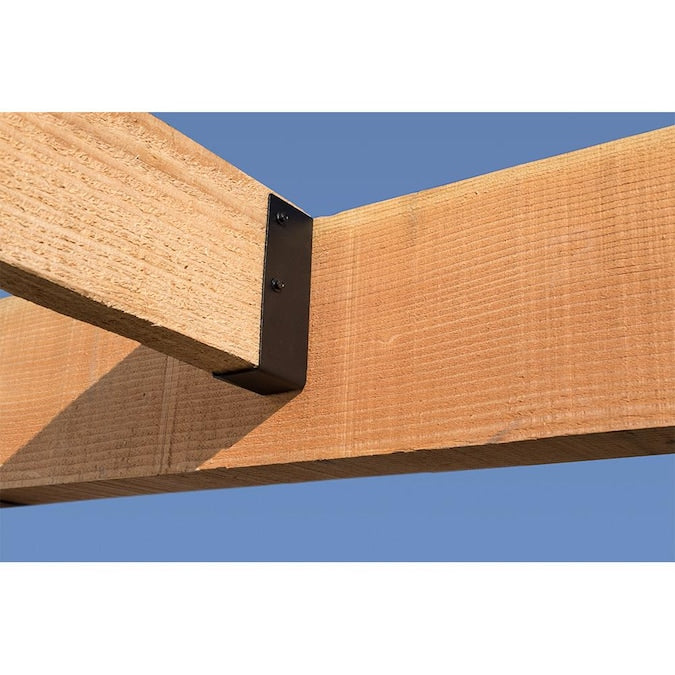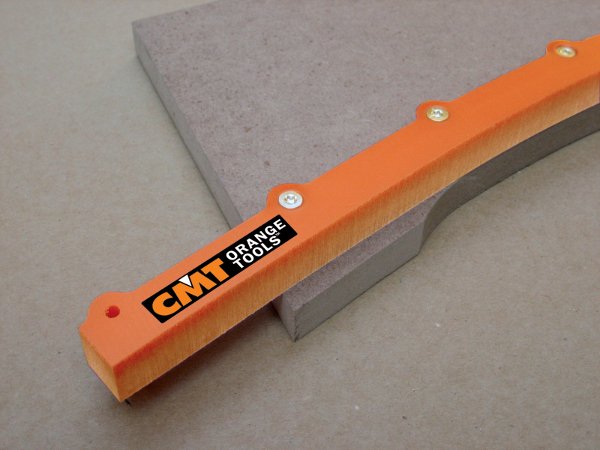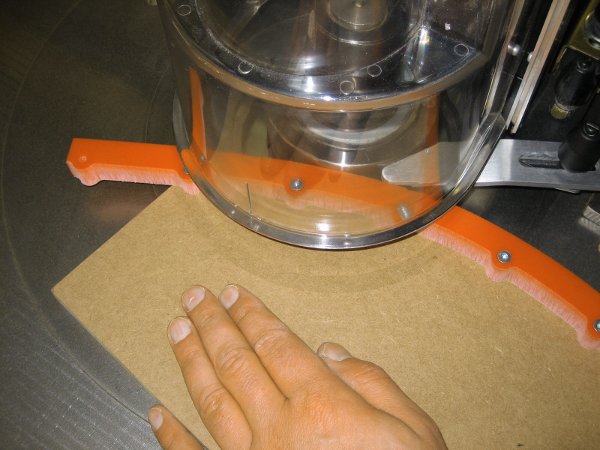When it comes to woodworking, it is crucial to join two pieces of wood together in a secure and stable manner. Two of the most popular methods for achieving this are biscuits and dowels. But what's the real difference between the biscuit vs dowel? And when should you use one over the other?
Biscuit Joints Explained
A biscuit joint is made by cutting a crescent-shaped slot into the edge or face of a piece of wood. Once this is done, a flat, oval-shaped wooden 'biscuit' is inserted into the slot with glue. The biscuit expands when it comes into contact with the glue, creating a tight and secure joint.
The primary advantage of using biscuits is that they help to align the boards during the gluing process. This makes creating flat and even surfaces easier, especially when joining boards side by side. Biscuit joints are also less visible once the project is finished because the biscuits are hidden within the wood.
Dowel Joints Explained
On the other hand, a dowel joint involves drilling holes into the pieces of wood that need to be joined. Small wooden pins, known as dowels, are then inserted into these holes with glue to hold the pieces together.
Dowel joints have been around for a long time and are known for their strength. The cylindrical dowels provide a larger surface area for the glue to adhere to, resulting in a robust bond. Additionally, dowel joints are versatile and can be used in various woodworking applications, from cabinetry to furniture.
When to Use Biscuit Over Dowel
Choosing between a biscuit and dowel joint often comes down to the specific requirements of your project. If alignment is your primary concern, especially when working with large boards or panels, biscuits might be the way to go. They excel at ensuring that the surface remains flat and even during the gluing process.
Another factor to consider is the visibility of the joint. Since biscuits are placed within the wood, they don't leave any visible signs on the finished product. This can be particularly useful if you're working on a project where aesthetics are essential.
When Dowels Might Be the Better Choice
If you're looking for sheer strength, dowel joints are hard to beat. The cylindrical shape of the dowels offers a solid bond that can withstand a lot of stress. Dowel joints are a favorite choice for heavy-duty furniture like chairs and tables, where the joints need to carry a significant load.
Moreover, dowels provide a traditional look, often preferred in classic furniture designs. If you're recreating an antique piece or want your project to have a timeless appearance, dowel joints might be the better option.
Versatility in Various Projects
One of the standout features of Simpson Strong-Tie connectors is their versatility. Whether it's a home renovation, building a new deck, or large-scale construction projects, these connectors can be employed across many applications. Their wide range ensures a specific connector for almost every need, eliminating the guesswork of choosing the proper support. This specificity helps maintain the structure's integrity while ensuring that the aesthetic value isn't compromised. In essence, Simpson Strong-Tie connectors blend the best functionality and design, making them a top choice for professionals and DIY enthusiasts.


